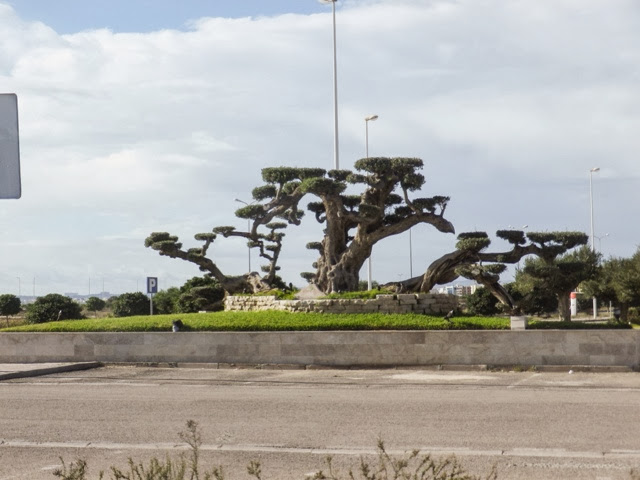This is the view we woke up to when we arrived in Naples - this is Mt Vesuvius.
For our final tour of the cruise we chose to visit the ancient city of Herculaneum which was destroyed in 79AD when Mt Vesuvius erupted.
After being buried for more than 1700 years in 25 metres of volcanic ash, Herculaneum was rediscovered in the 18th century in what at that time was a farming area of Naples. Only about a quarter of the ancient city has been excavated and what they have found is quite extraordinary. In the photo above, the foreground is Herculaneum and in the background are the suburbs of Naples.
Herculaneum was a port city, although it is now about 1.5kms from the coast. The building in the photo above was a boat house which was part of the original dock facing the sea. During excavations in the 1990s, several hundred skeletons were found inside the boat house. These were people trying to get to the coast to flee the erupting volcano. Because it is a historical site, the skeletons have been left in situ.
Because it is a city, the excavation has unearthed temples, shops, bath houses and family homes. The photos above are what remains of a monument to Marcus Nonius Balbus a patron of Herculaneum and below is a reasonably intact wine store. Because the city wasn't consumed by boiling lava some of timber structures within buildings survived.
Some of the houses are beautifully decorated with mosaics and frescoes.


























































